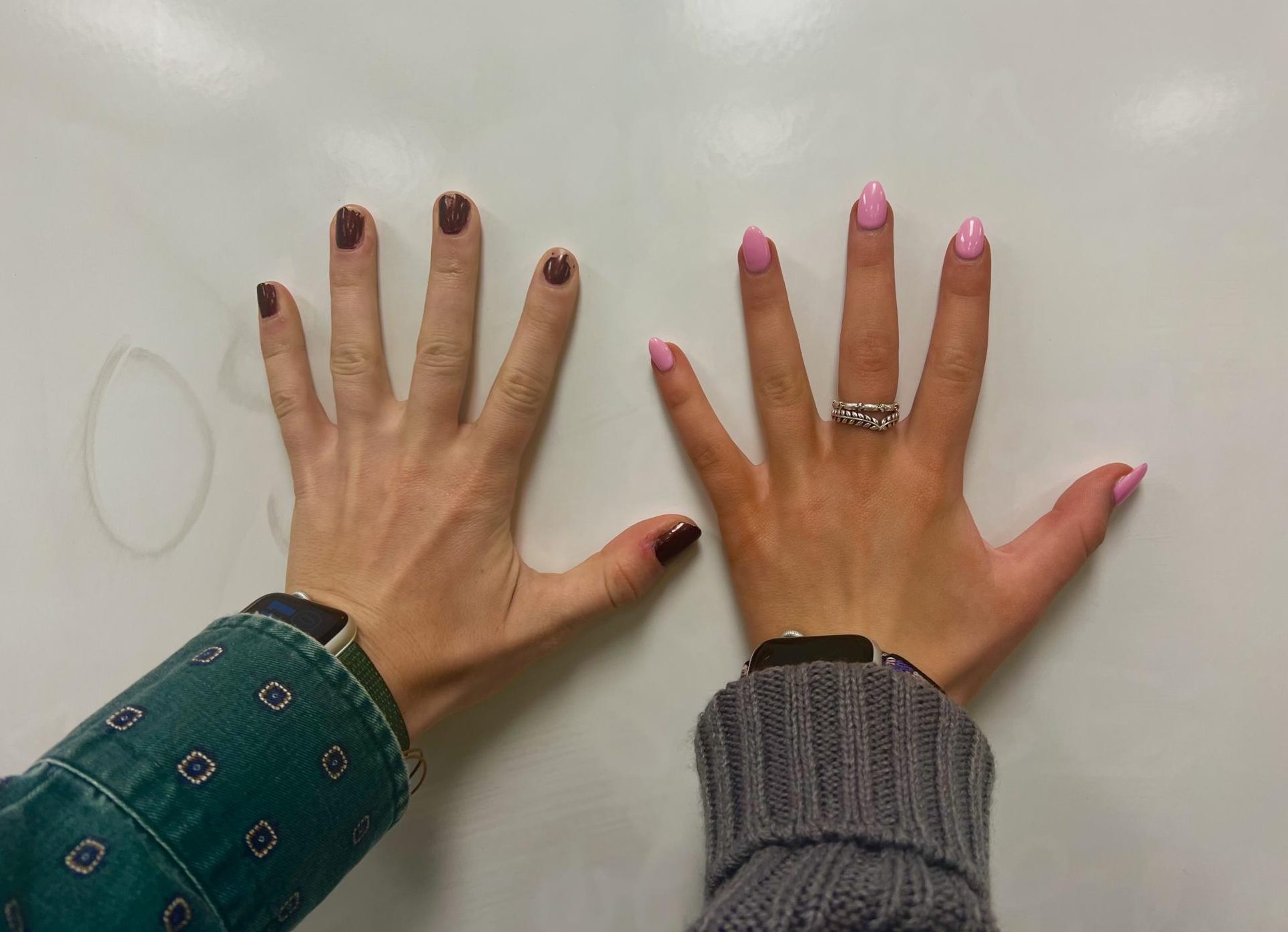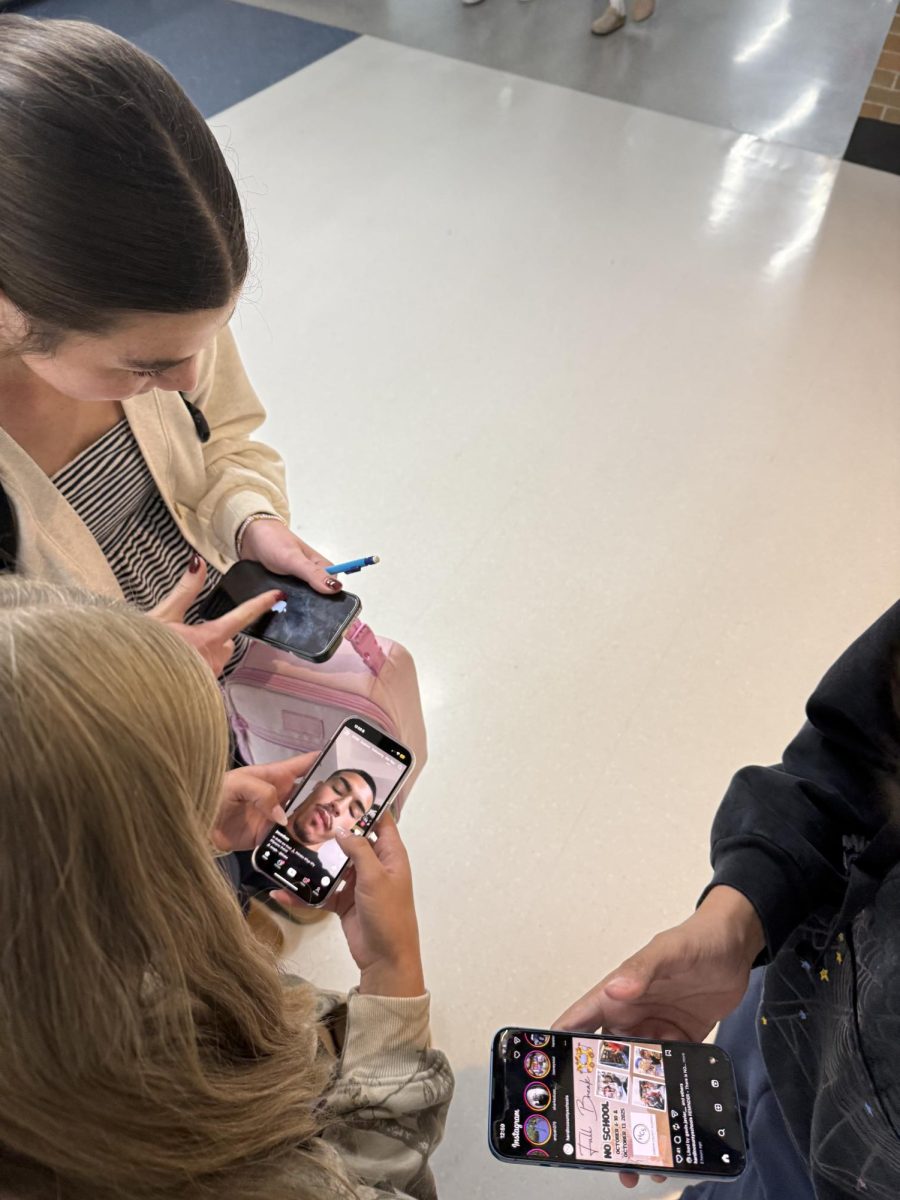Cold, dark, and grim. Bitter, pale, and bare.
Kentucky averages merely 12 days of sunlight a month from December to March. While Hardin County has seen a few inches of snow this year, the area is still in a distinct deficit leaving us with icy roads and gray skies rather than a landscape frosted with sweet flurries.
I’m led to believe that our dingy winter is in conjunction with the recent influx of self-tanning popularity. From self-tanning lotions, oils, and gels to UV-light beds, spray tans, and tinted wipes, individuals are going to great lengths to achieve a tan in the absence of sunlight. I would go as far to say that self-tanning individuals often defend that they would rather look orange than be pale.
Luckily, Gen Z seems to have steered away from the use of UV-light beds as we’ve learned from the generations before us the detrimental effects to the skin it can cause. Though we have not rid ourselves of the bronzing desires.
It is no secret that self-tanning is in direct correlation with self esteem. Pop-culture deems tanner, clearer skin as the best kind and a fake tan becomes a cloak of confidence. I see the appeal in tanning for an occasion; it may be that you have family photos, a fancy dinner, or a pageant coming up. Having a more positive outlook on your appearance can be beneficial for your mental health, but an unhealthy dependence is where the line should be drawn.
To the girls (and boys too) that feel the need to lather on a fresh coat of Bondi Sands or B.Tan every other night, or perhaps hold a SunTanCity membership, it is time to break up with your bad self-tanner. I do give kudos to you; it takes another ounce of courage to put those streaky lines and splotchy spots on public display. However, self-tanning methods correlating with cultural appropriation have been debated in the media.
“Fake tan represents more than just an innocuous cosmetic choice; it raises questions of cultural appropriation and fetishisation of the high melanin content found in more pigmented people,” theirishtimes.com published.

It’s one thing to sport a glowy glaze, and a complete other to simply paint yourself brown. I pose the question as to why are we not embracing our natural state, skin, hair, or style when we as a society have complained so much about setting unrealistic beauty standards? Why are we not using the absence of sunlight to heal our skin from the harsh UV rays summer brings forth? What makes us so unsatisfied to live within the only body one will ever have?
Rather than altering your appearance, there are ways to enhance it naturally. Creating habits such as staying hydrated, a skincare routine, and proper sleep all contribute to overall health and clear skin. Ultimately, modifying your inherited characteristics is an act against your happiness. Do not let your appearance dictate your relationship with yourself. Your fake tan looks bad, but you look beautiful.













